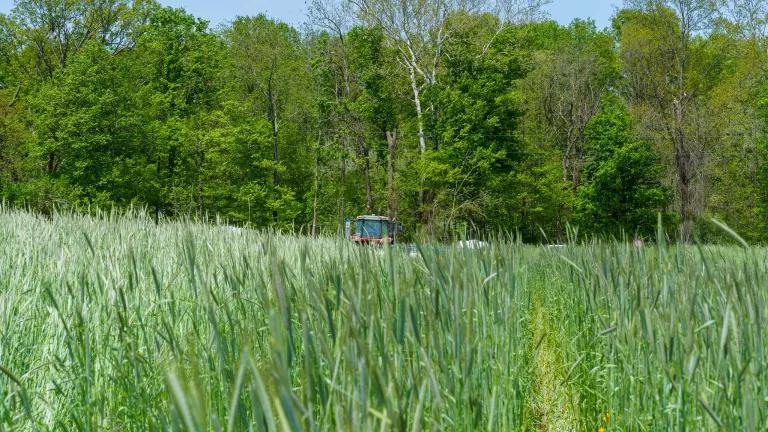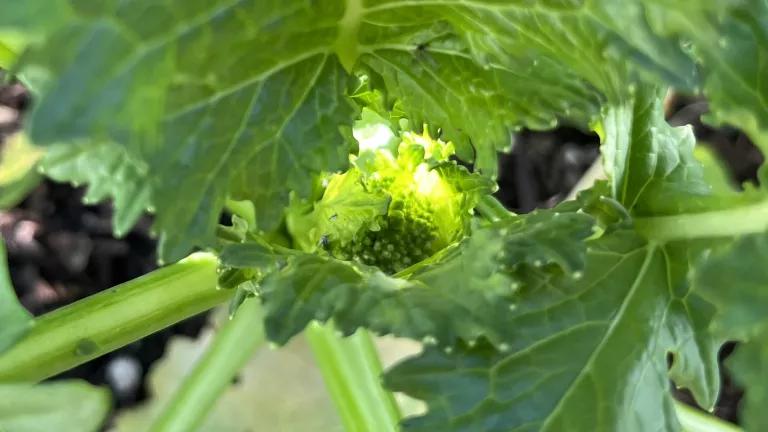
Cover crops in Indiana
Brandon O'Connor, USDA-NRCS
Senator Sherrod Brown (D-OH), Representative Sean Casten (D-IL) and Representative Elissa Slotkin (D-MI) alongside their colleagues introduced the Conservation Opportunity and Voluntary Environment Resilience (COVER) Act today. Rewarding farmer stewardship that protects soil and reduces risk, the bill offers farmers who plant cover crops a $5 per acre savings off their crop insurance bills – just like a good driver discount for auto insurance rewards good drivers. It’s a commonsense idea, based on a tested, successful program; recent polling by National Wildlife Federation showed that 78% of farmers support the concept. Congressional Agriculture Committees should have this at the top of their list to include when they start drafting the next Farm Bill this summer.
How the COVER Act Strengthens Crop Insurance
Crop insurance is currently the most expensive farm subsidy, costing a cumulative $90 billion from 2011 to 2021. As climate-related damage to crops grows worse every year, the cost of the program rises, and the farmer population continues to age, it will become harder to defend funding for maintaining and expanding crop insurance. This is a problem, since crop insurance is a safety net for many farmers and so ingrained in farm finance that many farmers can’t do without it. To get ahead of climate change and stay viable, crop insurance needs to modernize. Investing public dollars to keep farmers in business makes sense in the face of a changing climate, but these investments must be smart, targeted at long-term gain and reducing risk. In the end, it all comes back to the soil.
The COVER Act makes the link between risk and good stewardship of the soil. The bill rewards farmers for cover cropping, a practice that protects our soil, makes farms more resilient, and can help mitigate extreme climate events. Recent research has shown that use of cover crops has decreased the instance of prevented planting crop insurance claims on farms during flood years. A 2023 study in the Journal of Agricultural Economics found that a 1% increase in cover crop adoption translated to a $38 million reduction in prevented planting indemnities.
Decision Makers Should Take Their Cues from Farmers
This policy idea has enjoyed bipartisan support at the state and national levels and is endorsed by a wide array of organizations interested in soil health and supporting farmers. Here are the facts:
- 78% of 300 farmers who were polled support this concept.
- USDA enrolled 12 million acres in 48 states in their national Cover Crop Program, which this bill is modeled on.
- Over 120 organizations and businesses, including several regional farm groups, supported the bill.
National farm lobby groups have said it’s a priority to protect crop insurance in the Farm Bill, and this bill could reduce the cost of the program over time and provide important co-benefits like improved water quality and reduced erosion, strengthening public support for the program outside the farming community. It’s a no-brainer and there is no excuse for Congress not to include this legislation in the next Farm Bill.




